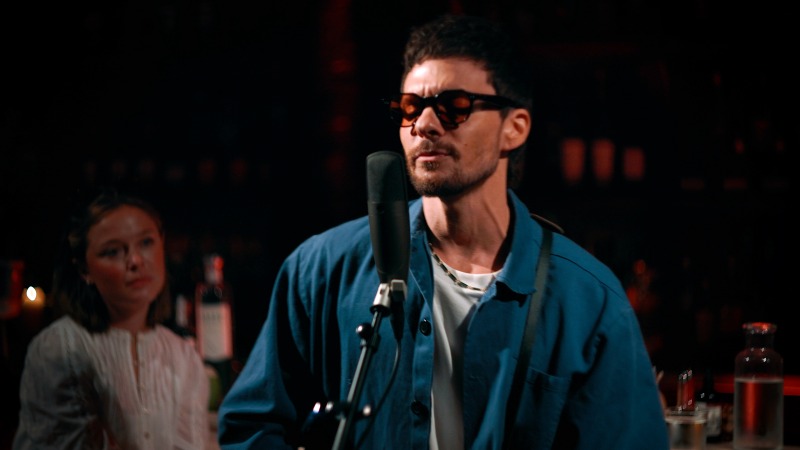Tactical Analysis: Manchester United vs. Manchester City
A high-intensity derby at Old Trafford on Sunday finished with Manchester United ahead of Manchester City both in the match, 4-2, and in the Premier League table, by four points. After conceding in the eighth minute of a chaotic start, United took control of the match and didn’t look vulnerable again until City’s consolation goal in the 89th.

United manager Louis van Gaal settled on a 4-1-4-1 system, with Michael Carrick ahead of the back line and Wayne Rooney as the lone striker. Again, neither Radamel Falcao nor Ángel di María started, though they both made appearances off the bench.
On the other end, Manuel Pellegrini’s 4-2-3-1 emphasized interchange on the left in attack through David Silva, James Milner and Sergio Agüero. Defensively, City tried to keep United from playing out of the back through some successful high pressing early in the match.

City emphasized limiting the space United’s midfielders had on the ball through one-on-one marking. Milner pressured Carrick, even when he dropped between the center backs to play out, while Fernandinho and Yaya Touré took Ander Herrera and Marouane Fellaini, respectively.
Finally, fullbacks Gaël Clichy and Pablo Zabaleta marked United wingers Juan Mata and Ashley Young. Due to the close attention and a frantic tempo in the opening 15 minutes, United looked uncomfortable on the ball and conceded possession often in its own half.
City overwhelmed its opponent and opened the scoring on a fluid combination down the left. Milner pulled wide, making space for an inside run from Silva, who found Sergio Agüero with a central ball on the ground for an easy tap-in.
However, it’s hard to keep up the adrenaline and energy that naturally comes with the kickoff of an important match. City’s level dropped steadily after scoring, and its impressively executed one-to-one press became slow enough that United could build attacks patiently from the defense to forward.
After struggling to pass through the early pressure, Carrick’s composure and control in particular turned momentum the other way. In the 14th minute, United recirculated possession from the right side to the left through goalkeeper David de Gea’s excellent, driven long pass to Herrera on the wing.
Young cut inside, getting to the cross at the near post just ahead of Clichy, and scored on his own rebound. The second United goal 13 minutes later also came down the left, as would most of the home side’s most dangerous attacks.

United showed great patience building its attacks, getting the ball forward and switching play quickly to the weak side to unbalance and overload the City defense. Young and Daley Blind’s close relationship and smart decisions on the left offered the biggest threat.
On United’s second, they combined in the half-space on the border of the penalty area before Young swung a cross to the back post for Fellaini to head home. That play personified United’s fairly straightforward strategy on the wings, with players generally maintaining their proper positions instead of interchanging as City’s did earlier.
-

-

-

-

-

-

-

-

-

-

-

-

-

-

-

-

-

-

-

-

-

-

-

-

-

-

-

-

-

-

-

-

-

-

-

-

-

-

-

-









































